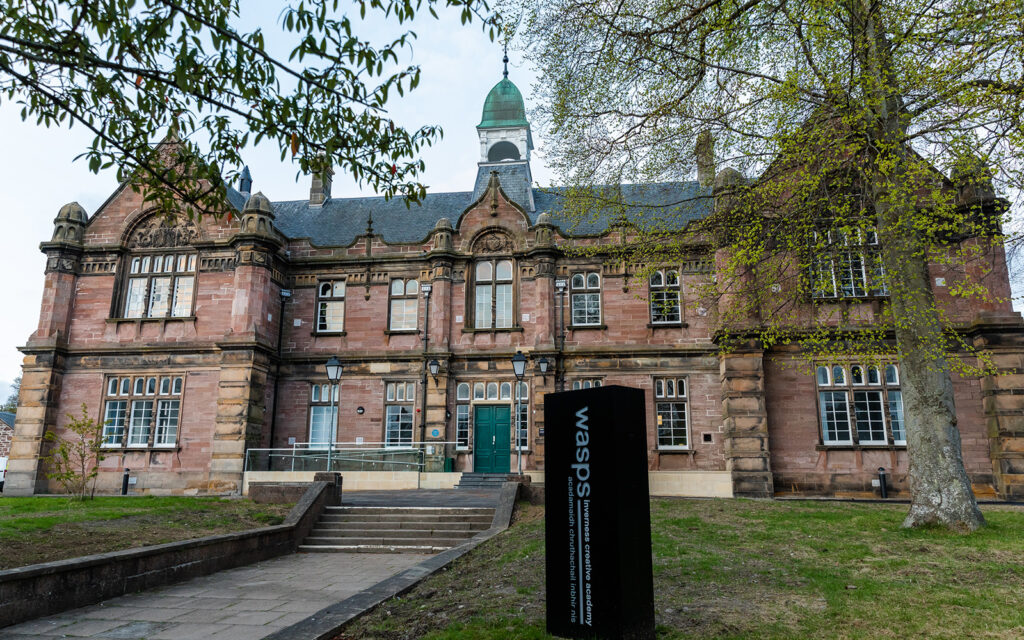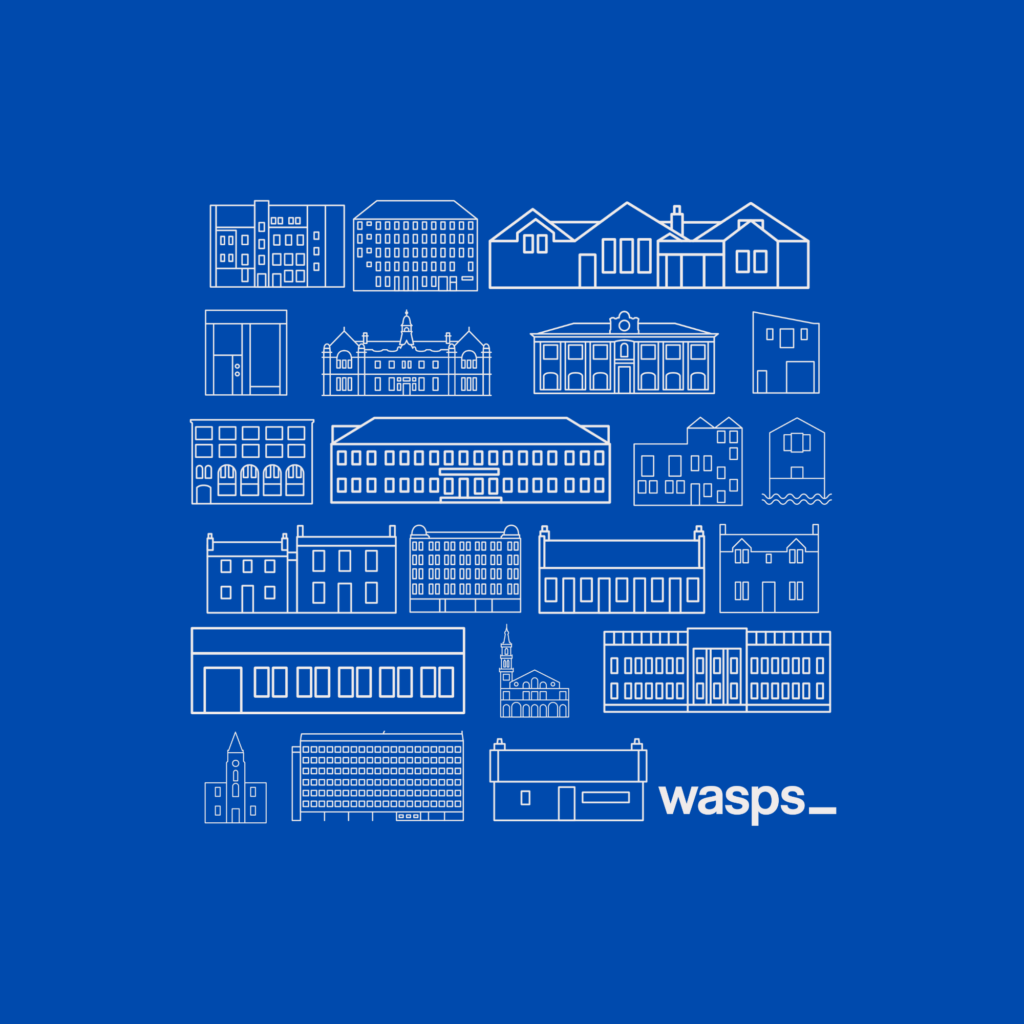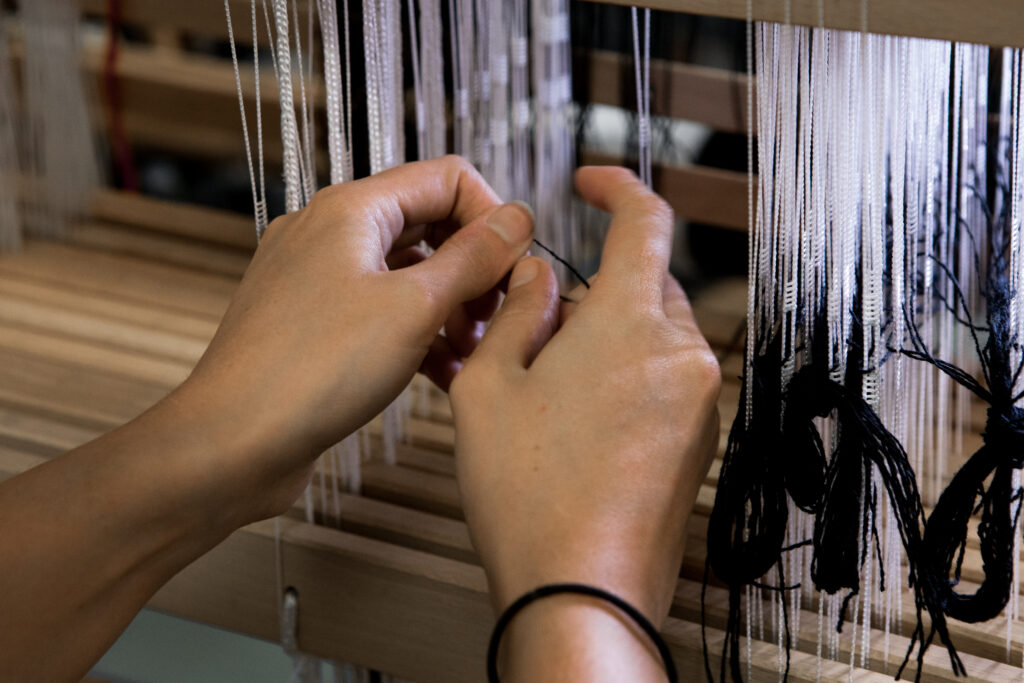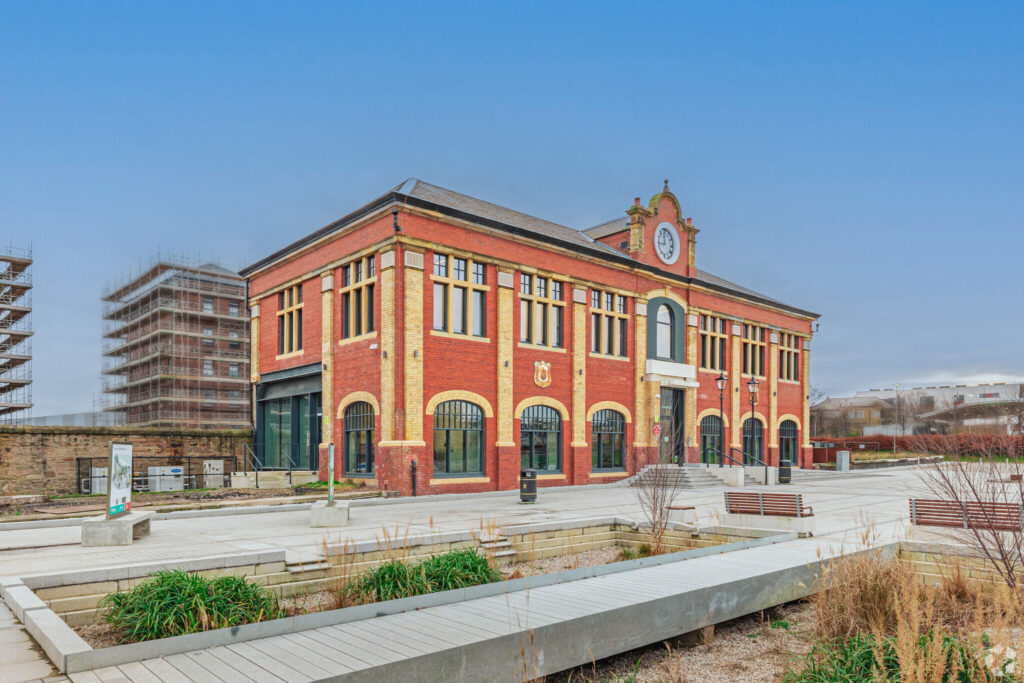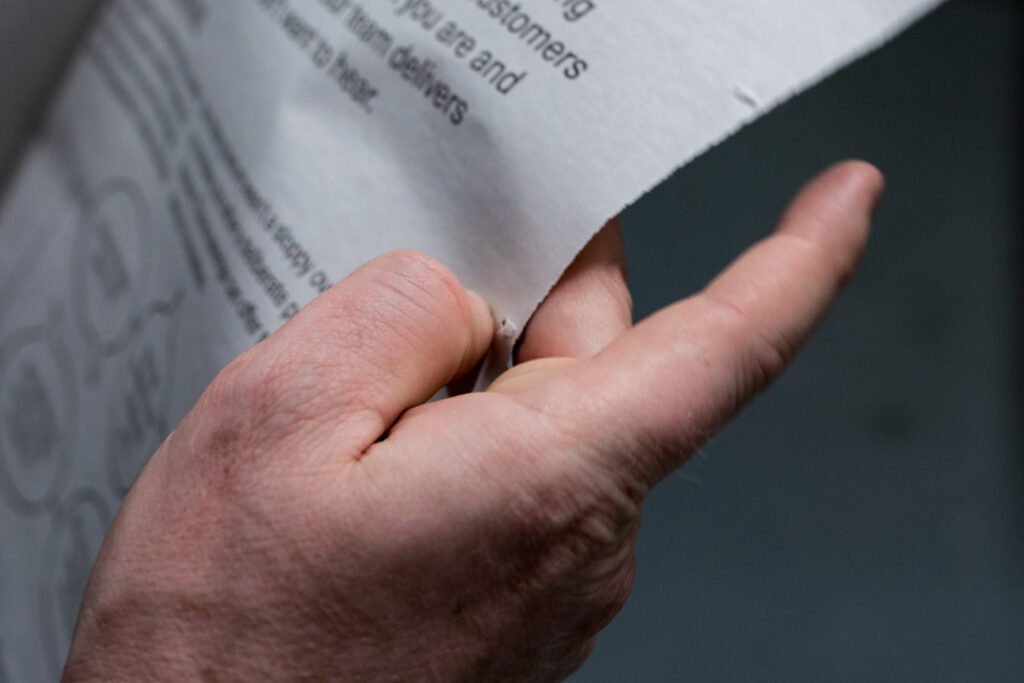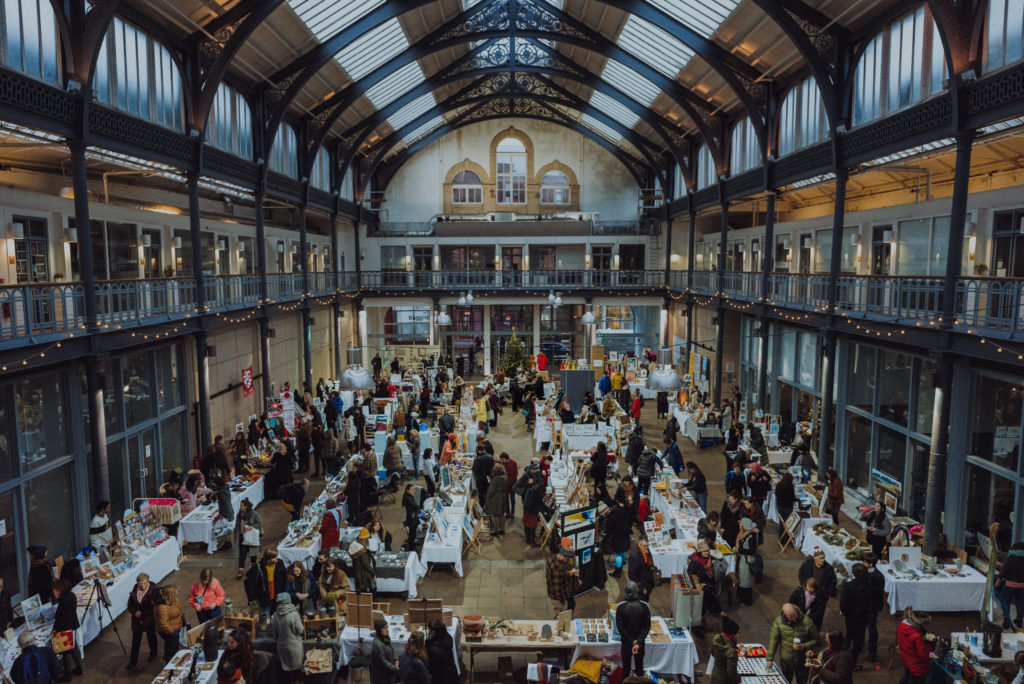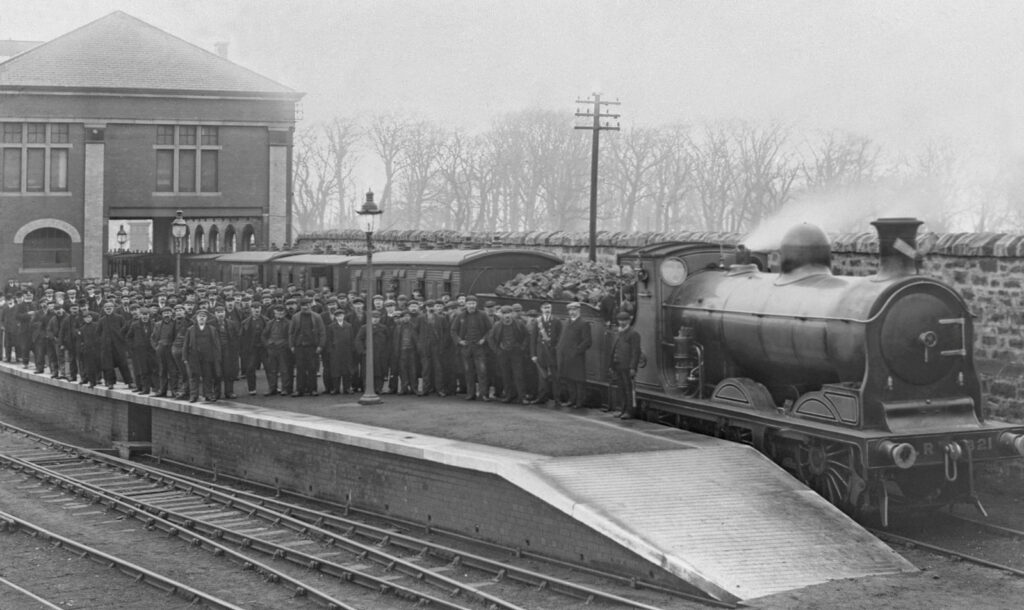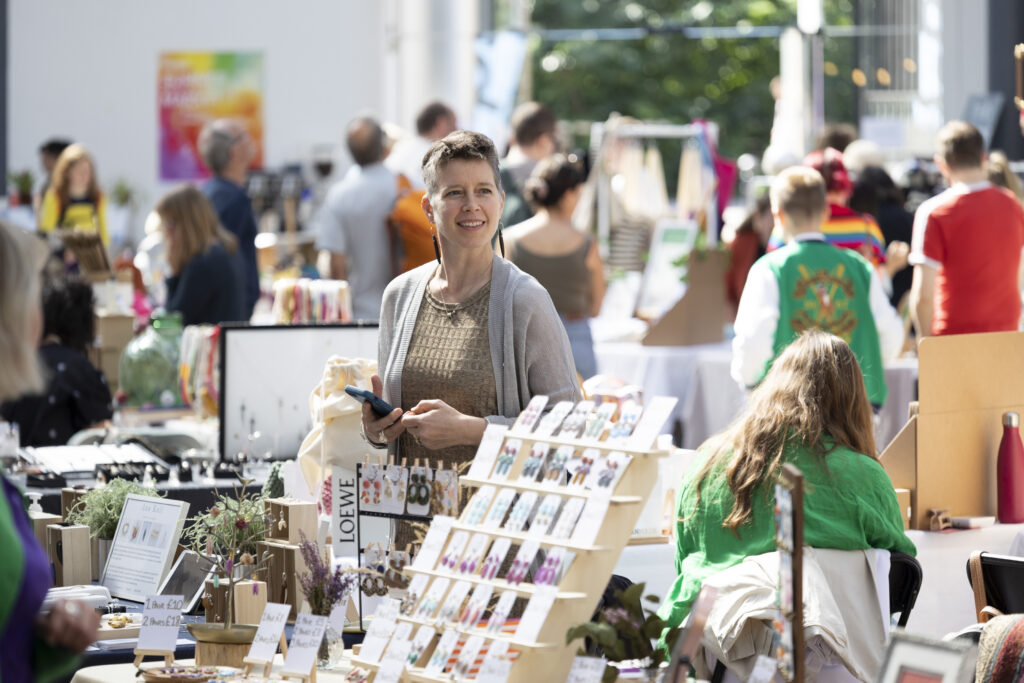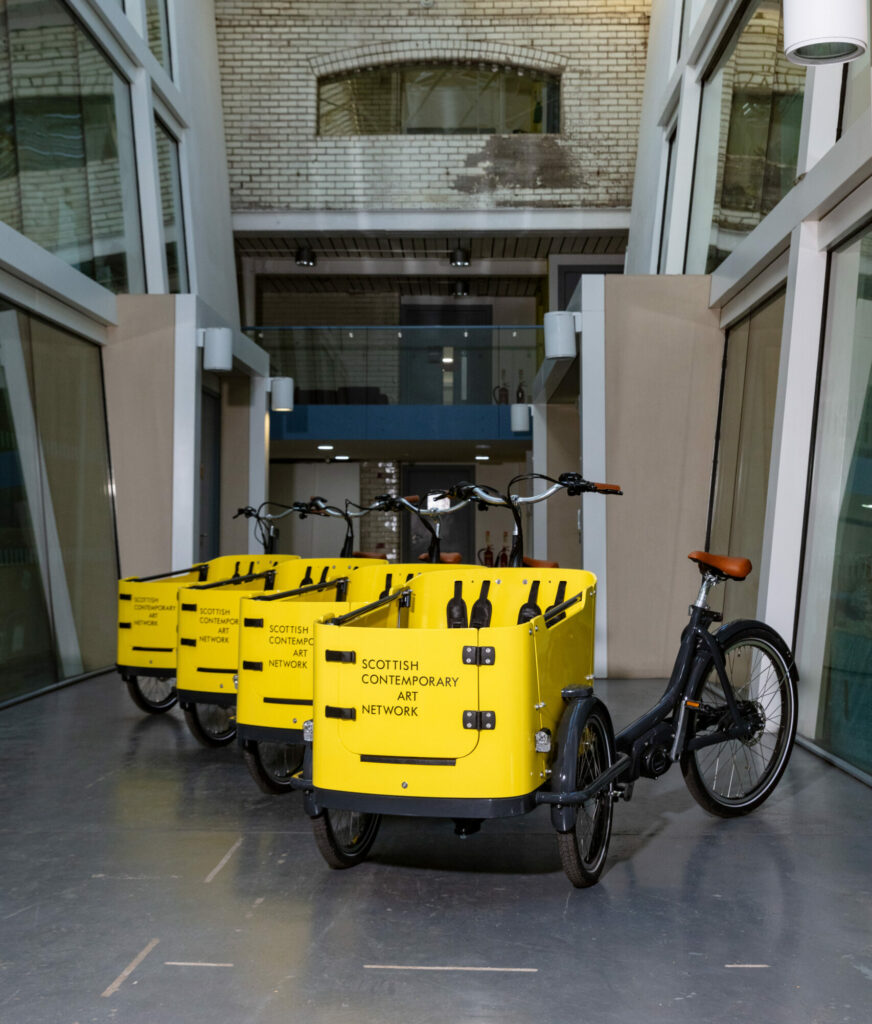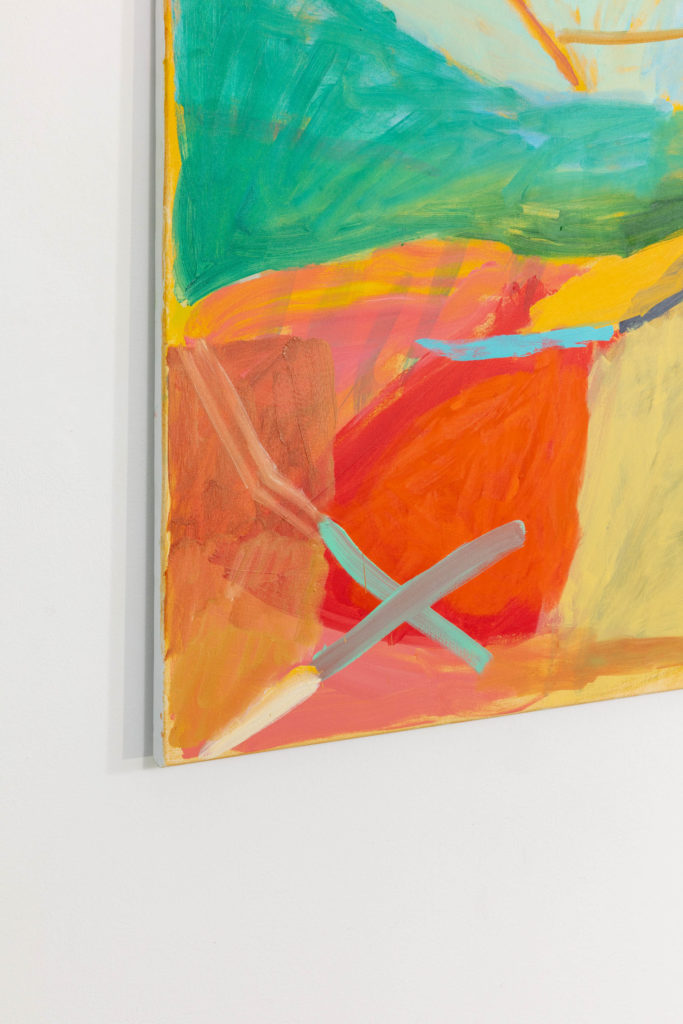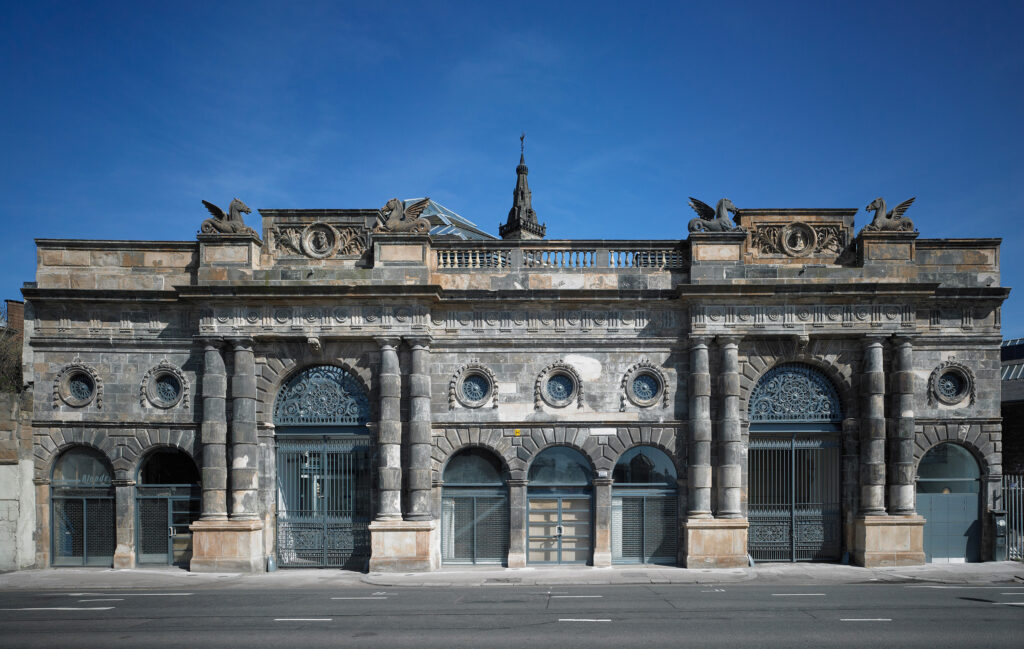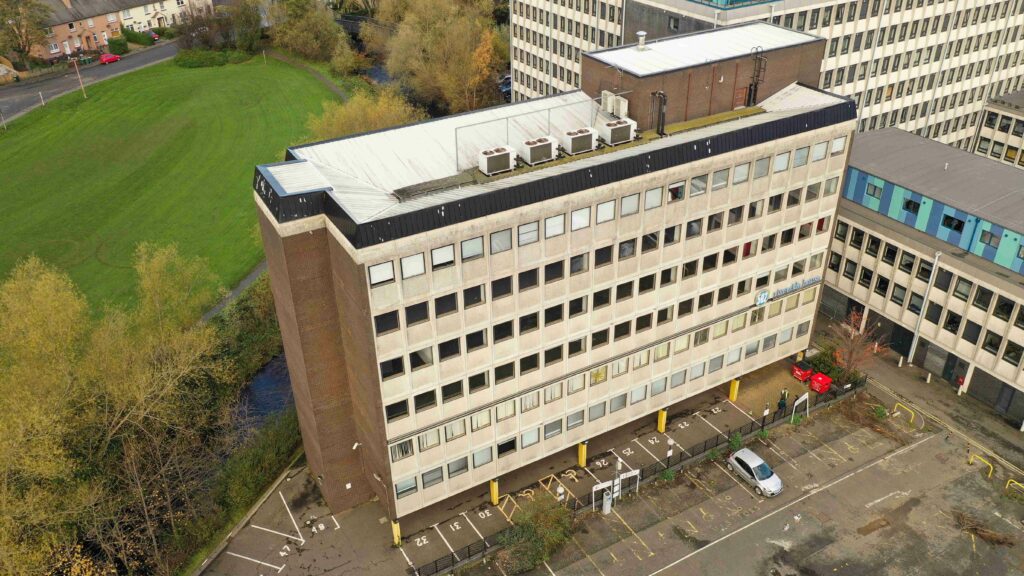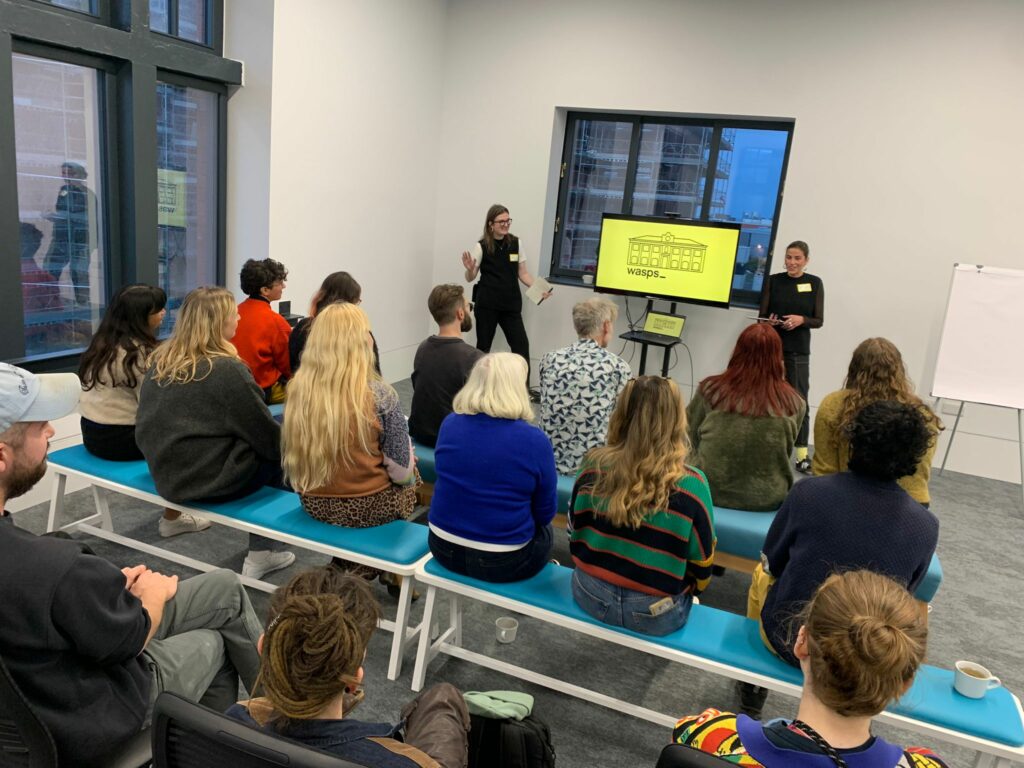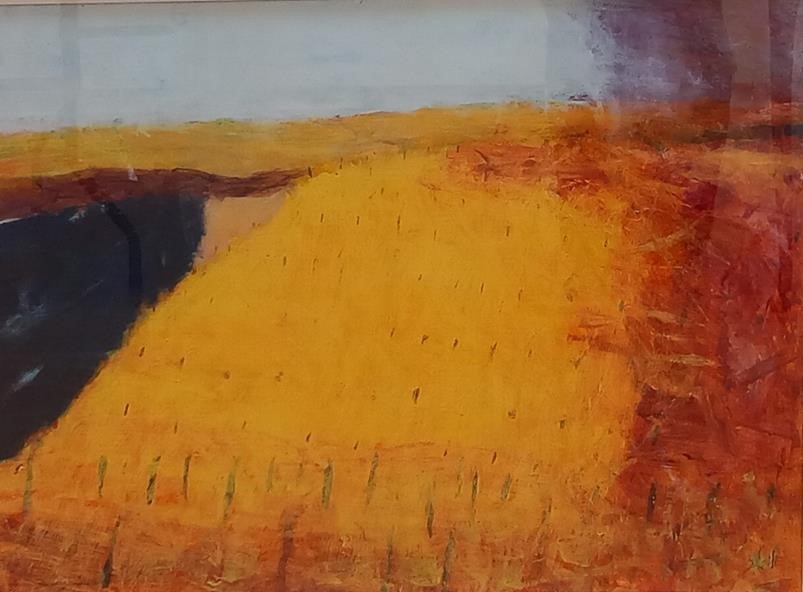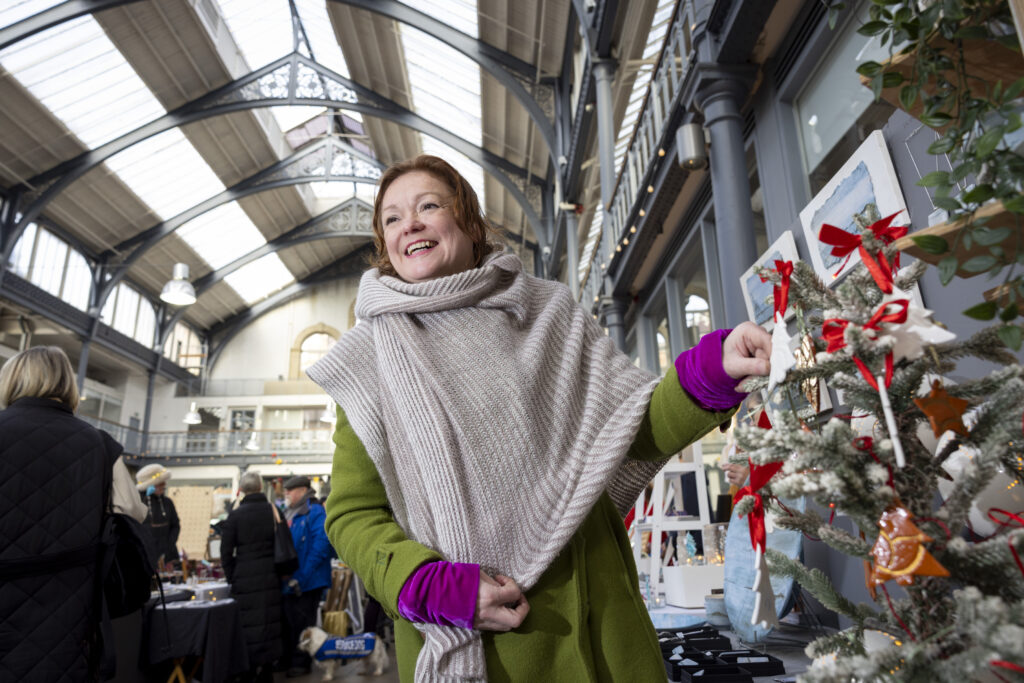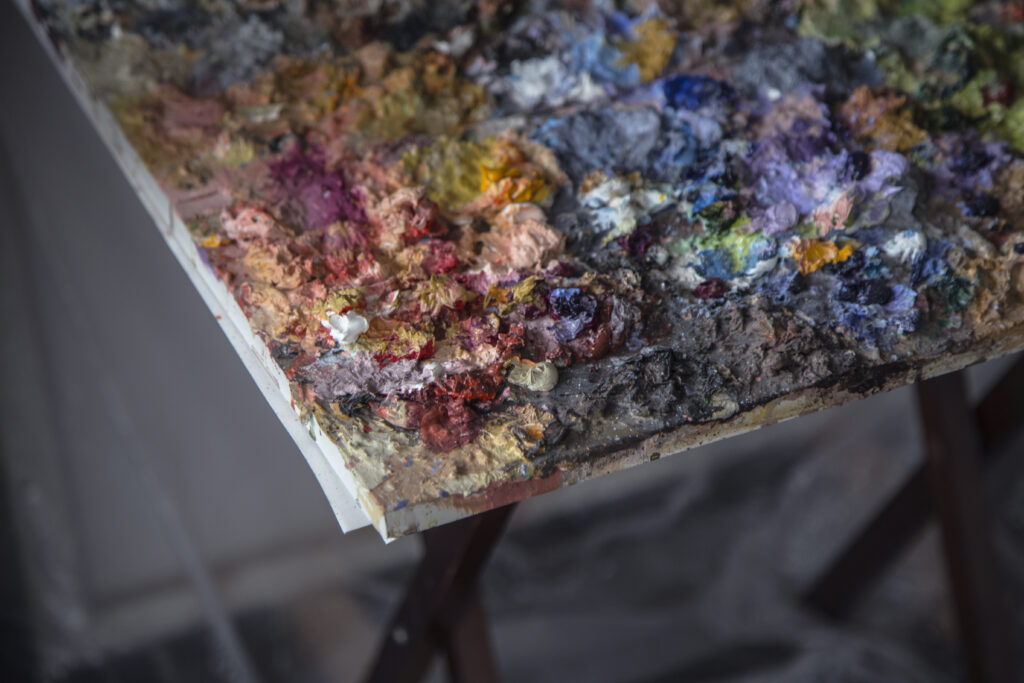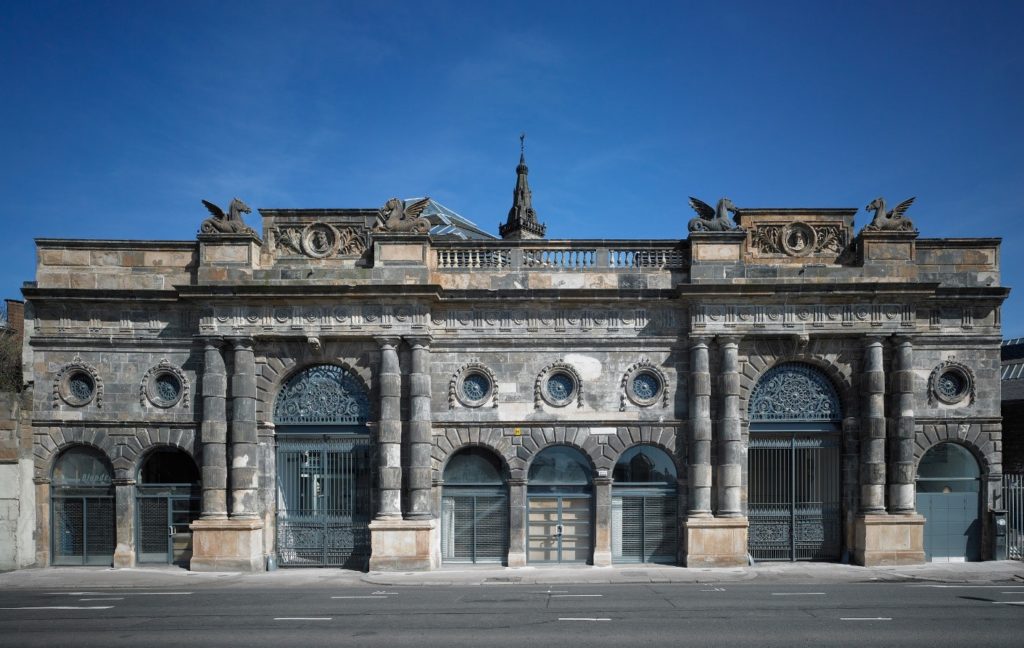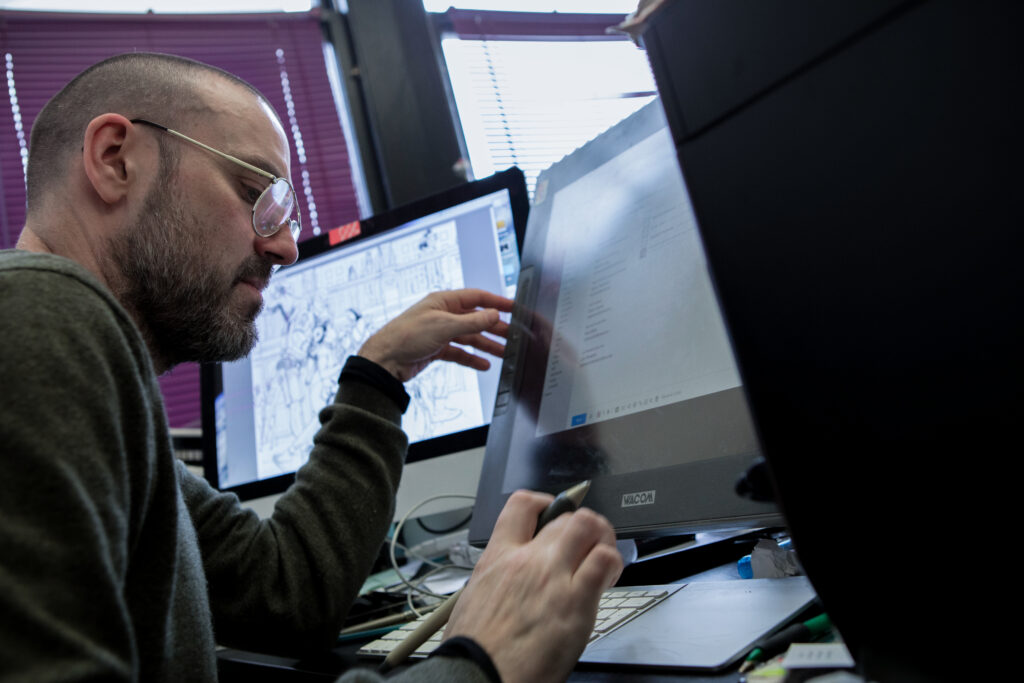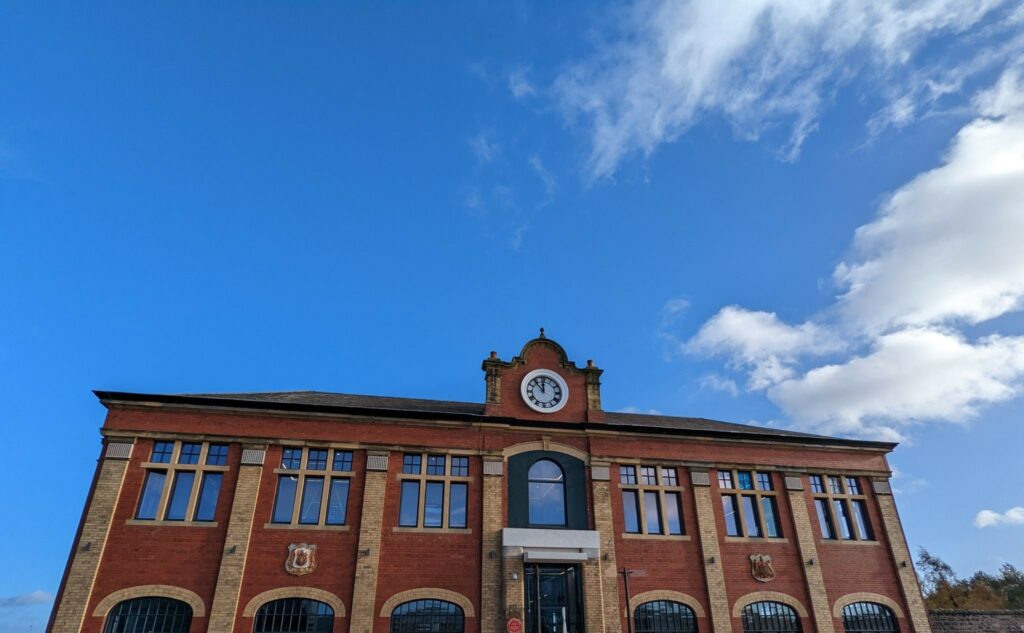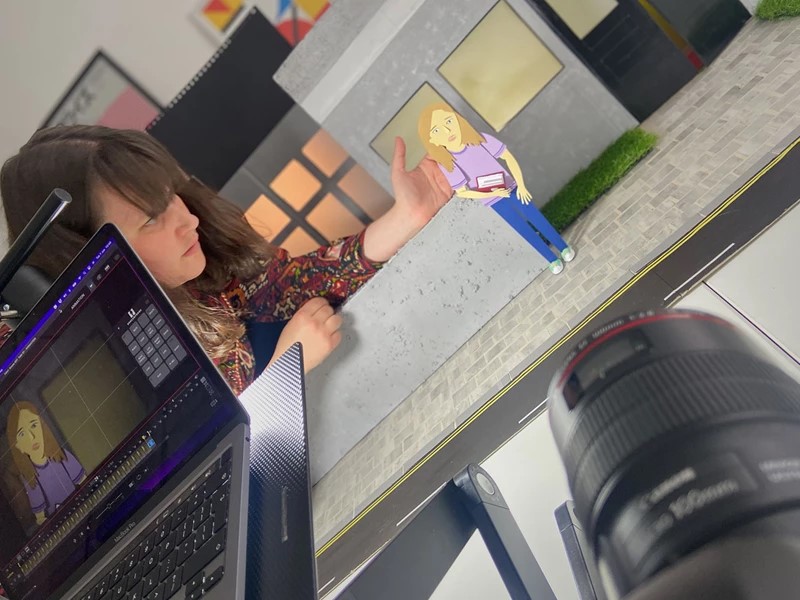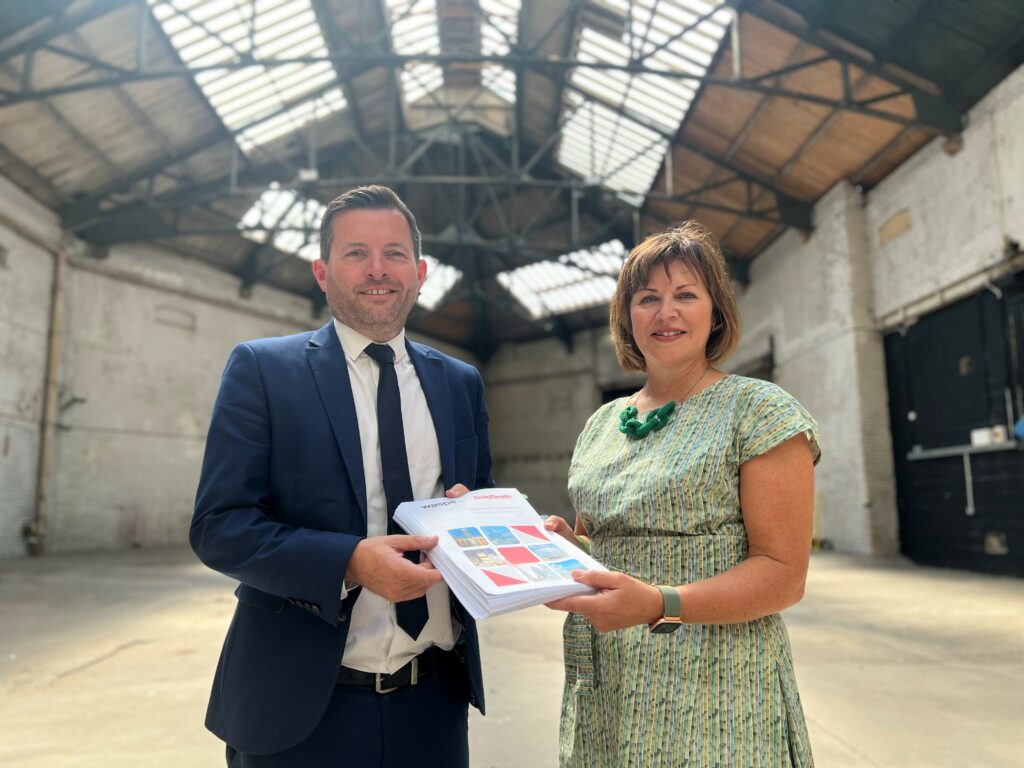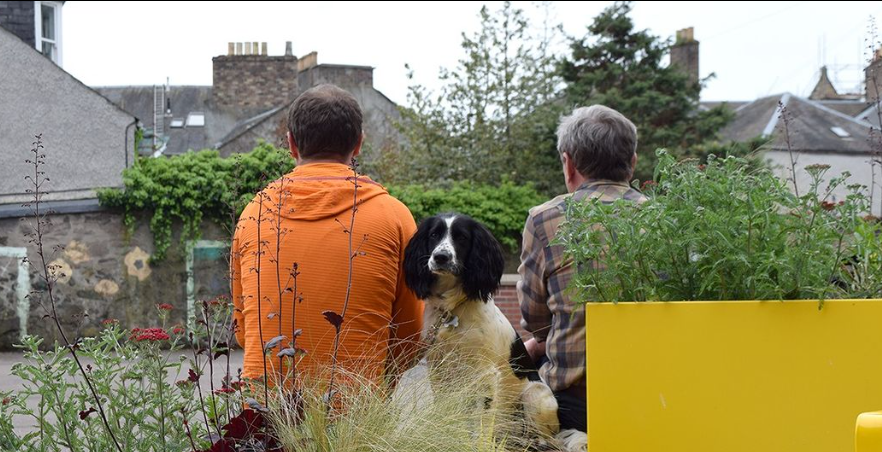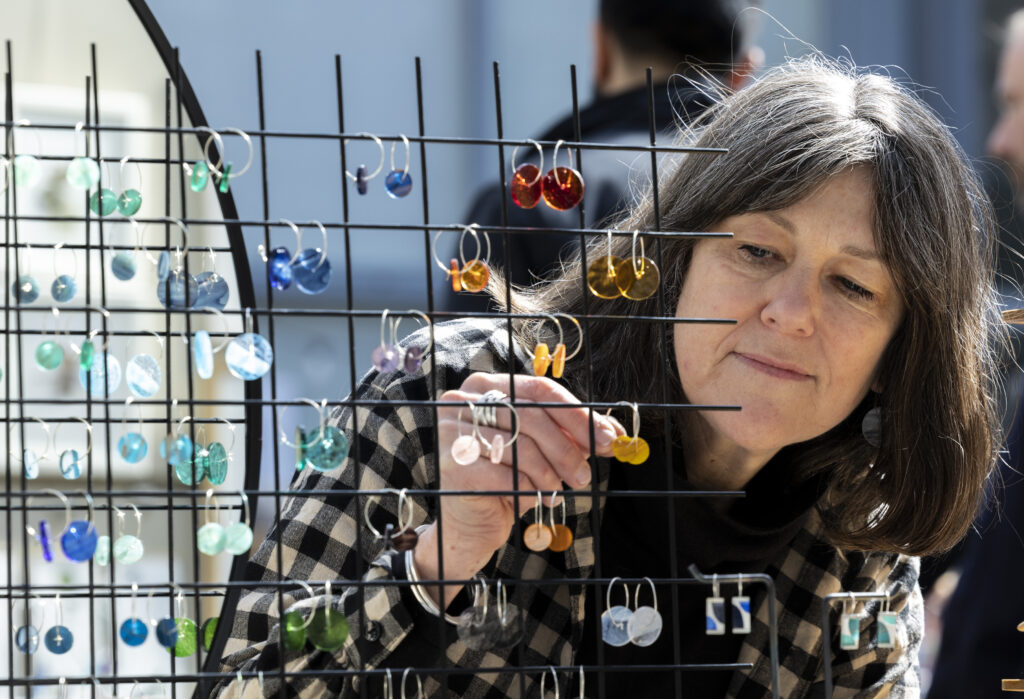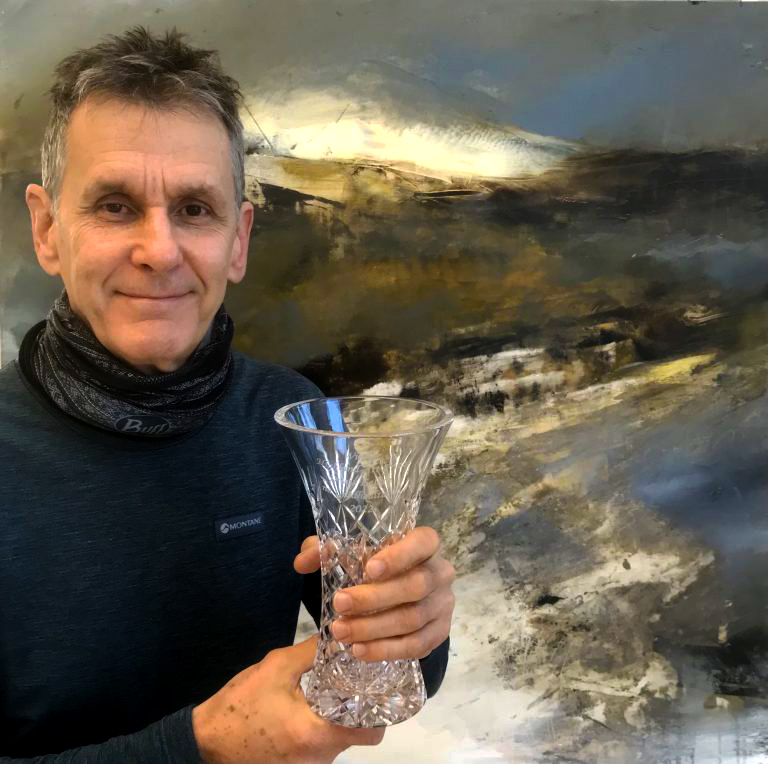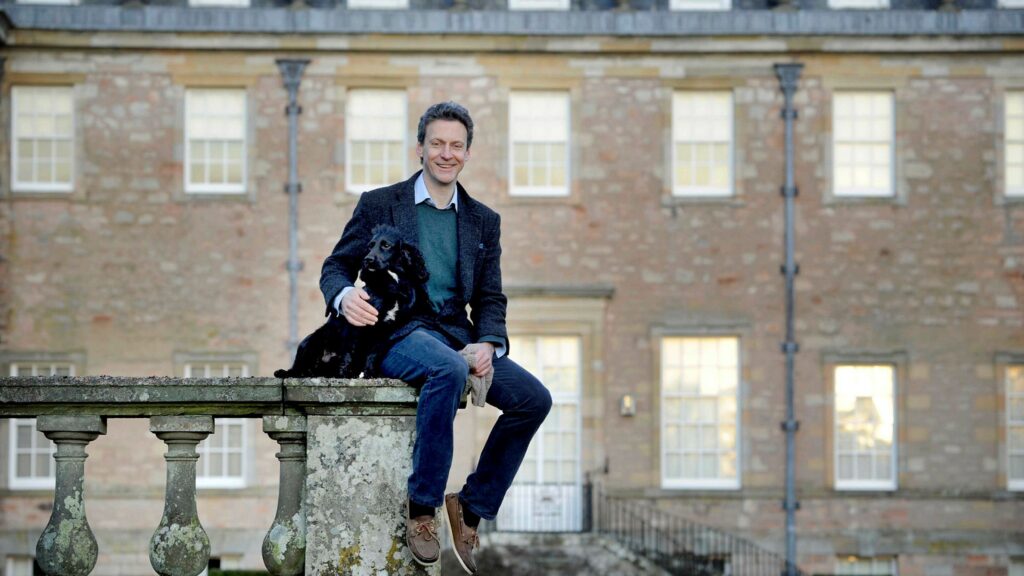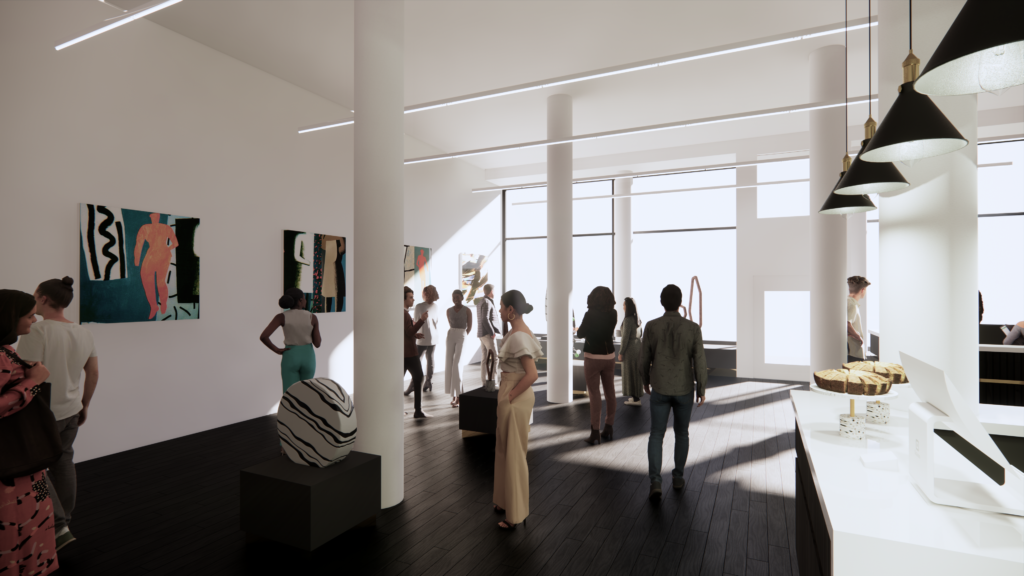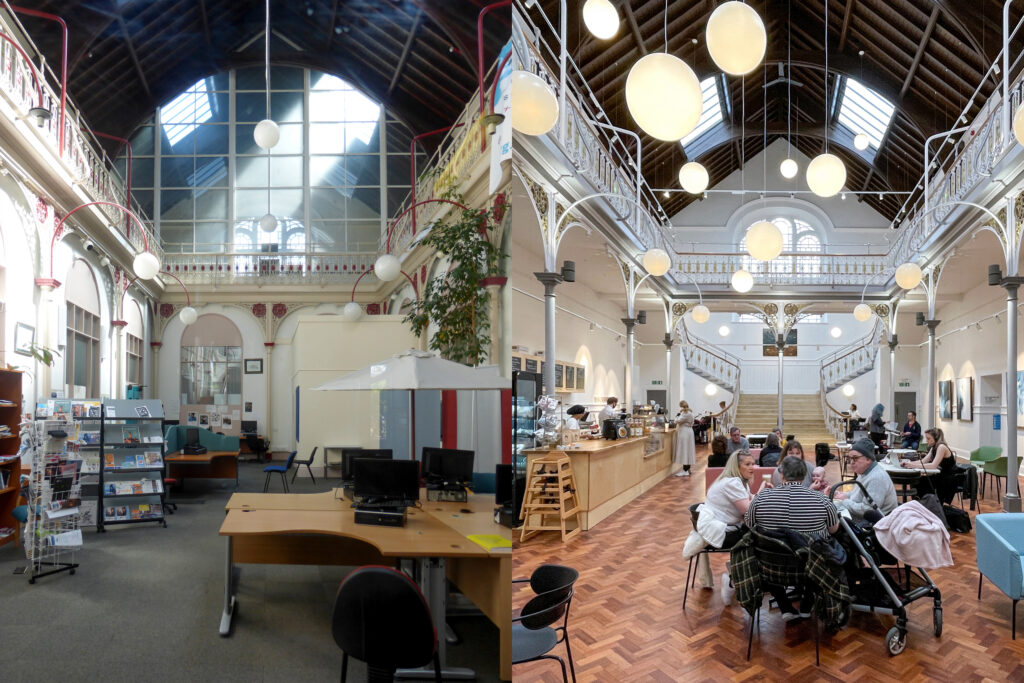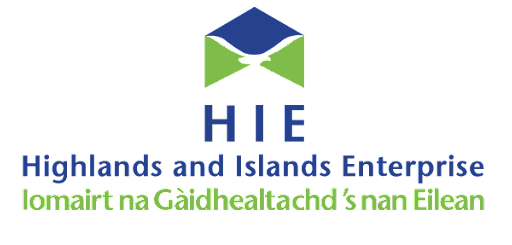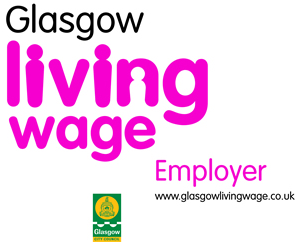For decades, LDN Architects has practiced the principles advocated by the Burra Charter to preserve our built heritage: to do as much as necessary but as little as possible. The fundamental aim of that approach is to preserve the physical fabric, character and memory of a place for our collective future benefit.
There is however an additional layer of understanding, which acknowledges that conserving our buildings in use through minimal intervention is an inherently sustainable mode of practice. In more recent years, that understanding has been further enhanced through our ability to be empirical about the cradle-to-cradle carbon consumption of our projects, which tells us that, almost always, less is less. It is something that the industry is becoming increasingly aware of and despite being a bumpy path, there is a tangible and growing trend to look for development opportunities among the existing redundant stock that surrounds us, rather than brown and greenfield sites. Retrofit isn’t just about a sustainable mode of development, but a sustainable mode of urban and social regeneration.
The new Inverness Creative Academy is one such example that demonstrates the micro and macro benefits of retrofit. Purpose built in 1895 as the new Inverness Royal Academy, and latterly occupied by the University of the Highlands and Islands, the buildings are Category B Listed and of considerable architectural, social and cultural significance. However, the complex lay vacant and fading from 2015, whilst work was undertaken to find a new use. In 2018, its saviour was identified as Wasps Studios.
Wasps Studios is the UK’s largest not-for-profit provider of affordable creative workspace. With the support of several funding partners, it acquired the two buildings in the centre of the Inverness and commissioned a design team, led by LDN Architects, to transform them into artists’ studios, workspaces for creative industries, and publicly-accessible meeting, events, exhibition, café, and workshop space. Now complete and open, the venue is the largest sustainable creative arts facility and community resource of its type in the Highlands, developed with and for the local creative community.
Over their 125-year life prior to redevelopment, the buildings had been subject to welcome but heavy use and as such the fabric reflected its age. On top of that, an inappropriate set of alterations in the 1980s were detrimental to the character of the interiors, most notably dividing up the wonderfully proportioned central assembly hall with partitioning and glazed fire screens. LDN’s approach to address these failings can perhaps be described as “make do and mend.” From an early stage, we resolved to minimise intervention and to focus efforts on restoration and revelation by repairing and improving the fabric, and rediscovering the quality of the interiors through taking away rather than adding.
This approach required an acceptance that the result would not be a perfect set of interiors. Existing fabric and fixtures were reused and repurposed rather than removed and replaced. Surface-mounted electrics, radiators, sinks, timber linings, pinboards, shelving and the like were all salvaged. Where inconsistent wall or floor finishes were evident, they were accepted. The result is a project, delivered for less than £1,000 per sq.m., which has retained and enhanced the character and integrity of the existing architecture, while minimising the embodied energy involved in its transformation.
What surprised most, perhaps, is that through this approach the buildings have a greater than anticipated verve to them. This vitality embraces their new creative use without restricting it through pristine spaces. The interiors are sensitive but not precious. Working with Wasps’ sustainable model was a unique opportunity to provide a number of sustainable benefits that extend beyond the immediate and measurable environmental ones:
- – Providing sustainable new use to ‘at risk’ heritage, and in doing so enhancing local pride
- – Retaining creative talent in the Highlands
- – Providing suitable workspace for working artists and creatives
- – Supporting local graduates into sustainable careers
- – Encouraging public participation in the arts and heritage
- – Contributing to the local economy and an active, connected community
Written by Stuart McKellar, first published in Issue 56 of RIAS Quarterly Magazine, Winter 2023-2024.
